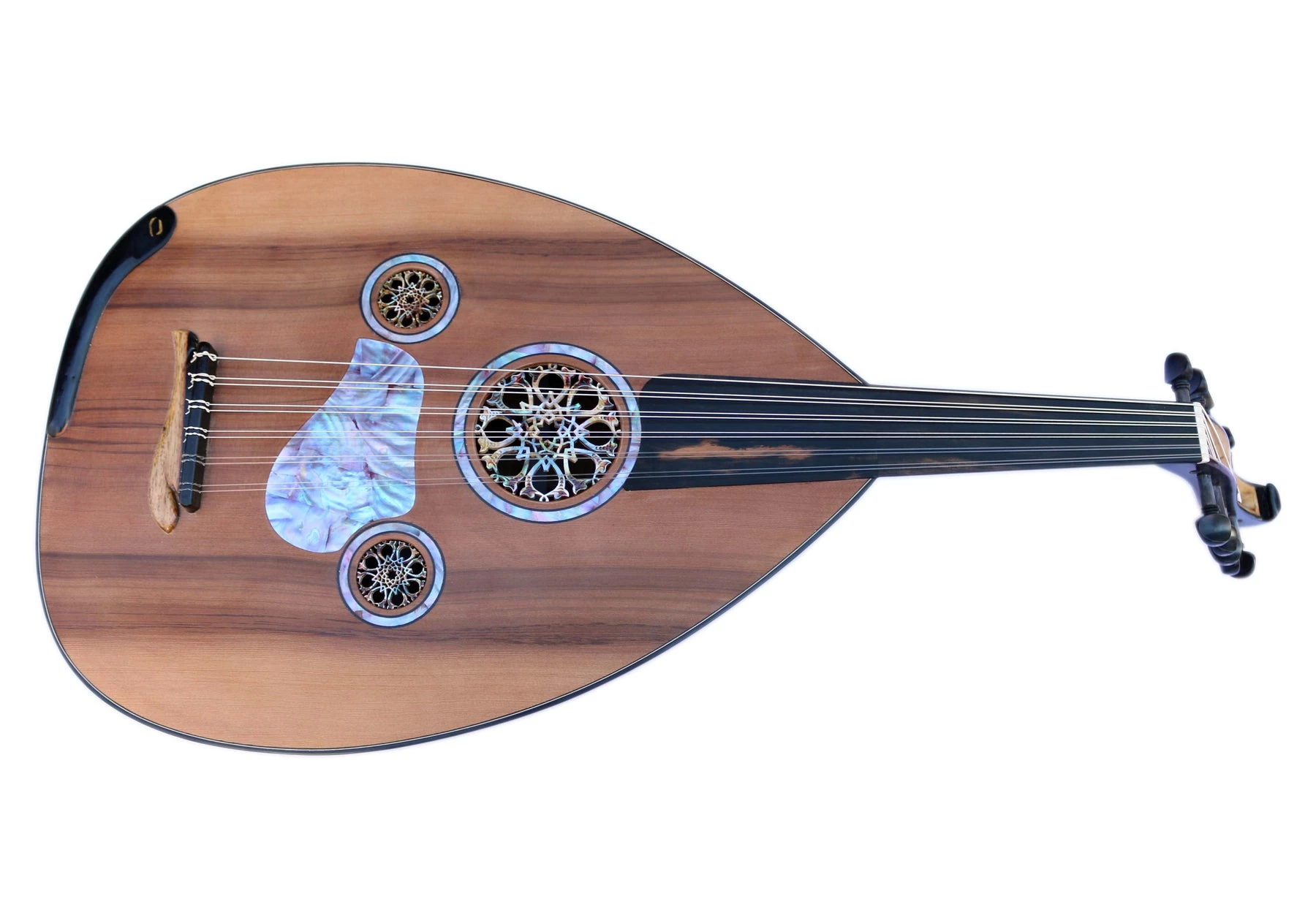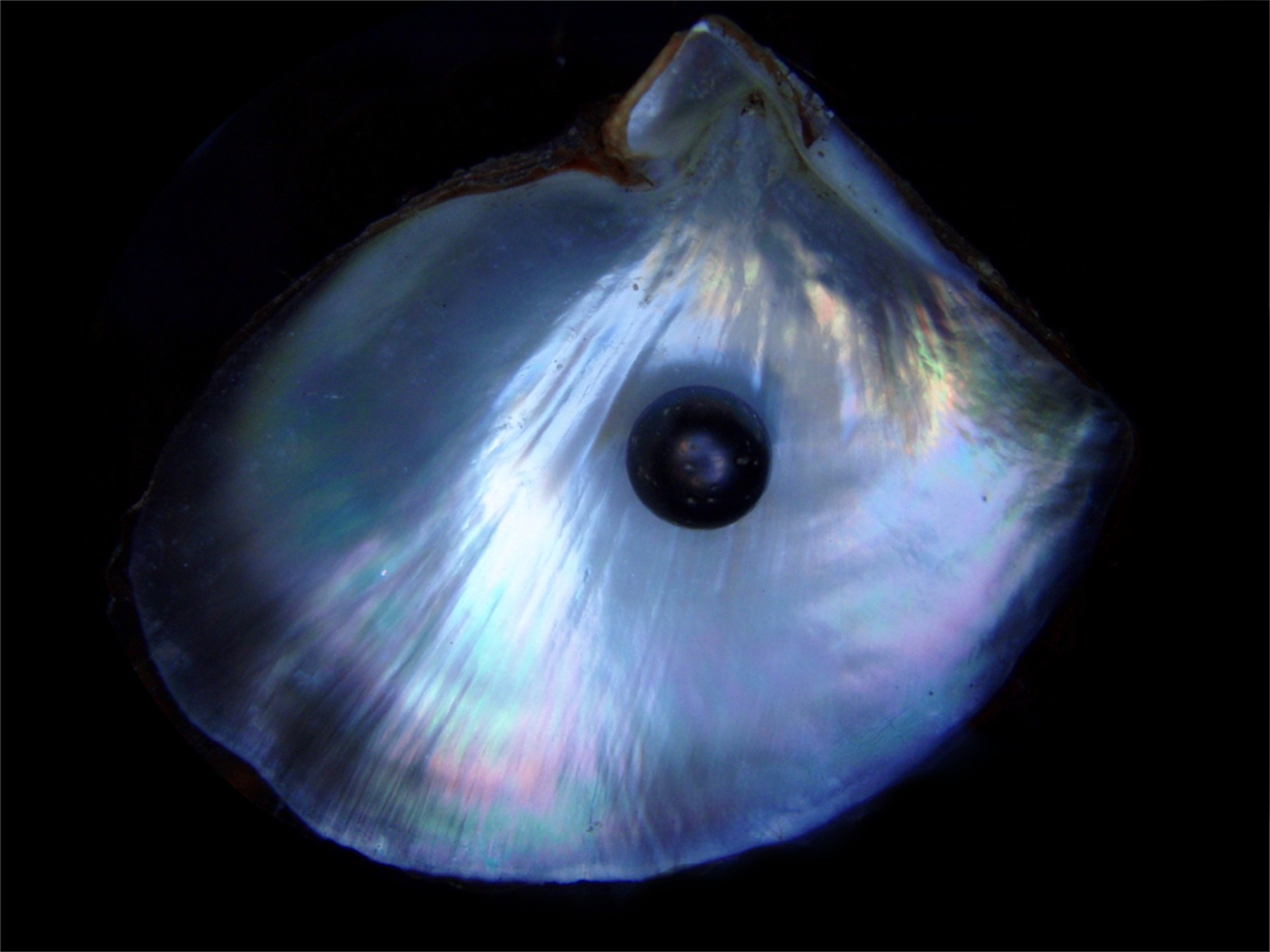Pearls of the Haifatneh
"The trail of her dress flowed in the breeze, not unlike waves over the water, An iridescent gleam in the corner of my eye. I set my course to see what I might find, But when I glimpsed her string of precious pearls, I then knew better than to bother."Thanks to the multiple, disparate rivers draining into the Haifatneh Sea, plus the Sea's connection to the vast northern ocean via the Strait of Andaen, the Haifatneh Sea and the rivers that feed into it are host to an abundance of pearl-producing mollusks.- Bhasker, Hashir of Durgha-Bangh, 3989 CE
Freshwater Pearls
Haifatnehti freshwater pearls are mostly sourced from the numerous rivers feeding into the sea's southern coast from the Tahwame Bounds, where locals who forage on mussels are inclined to check them for pearls just in case they can make a deal with the next traveling merchant who visits. That said, mussel agriculture has emerged in the Ban-Saukkan Bay in the far northeast of the Haifatneh Sea, where the relatively shallow water and extended tidal zone accommodate the raising of mussels on rafts and ropes. Freshwater pearls' thicker nacre makes them less lustrous and therefore less valuable on the market than saltwater pearls. As freshwater pearl farming becomes a more widespread practice, the price difference will undoubtedly grow.Saltwater Pearls
Haifatnehti saltwater pearls originate from the oysters that are widespread across the sea. (A natural history note: Given the counterclockwise of the oceanic currents flowing through the ocean outside the Haifatneh Sea, it is likely that the Haifatnehti species of oyster is the progenitor of those in the Great Lai Bay, despite the fact that Te-Dai merchants insist that their oysters are qualitatively "different" from Haifatnehti ones.) Many subspecies of oysters can be harvested for pearls, though the so-called "glass oysters" are valued mainly for their delicate shells. Saltwater pearls are wild-harvested and therefore vary considerably in quality, but among them are the most lustrous pearls, and their consistent roundness compared to their saltwater counterparts makes them more desirable for jewelers.Pearls in Haifatnehti Fashion and Art
Freshwater pearls, given the variety of shapes and even colors they can appear in, are a ubiquitous decorative element in modest clothing and accessories in Haifatnehti fashion; some are even given to children as gifts. Pearlers and jewelers also prefer to have their apprentices practice their art using freshwater pearls. Higher fashion, however, normally calls for the higher-quality saltwater pearls, even to the extent that at social functions, a person's status may be readily judged by the quality of the pearl necklaces or earrings they are wearing. Nacre (mother-of-pearl) features even more prominently in Haifatnehti art, given that it can be harvested from a great many varieties of mollusks (and there is no shortage of mollusks to be found in the region). The material is widely used in everything from tile and other architectural decorations to inlays for the fingerboards or decorative features of the djrud (pictured below).
Special-Nigra-Wood-Arabic-Oud-Instrument by Unknown



Comments